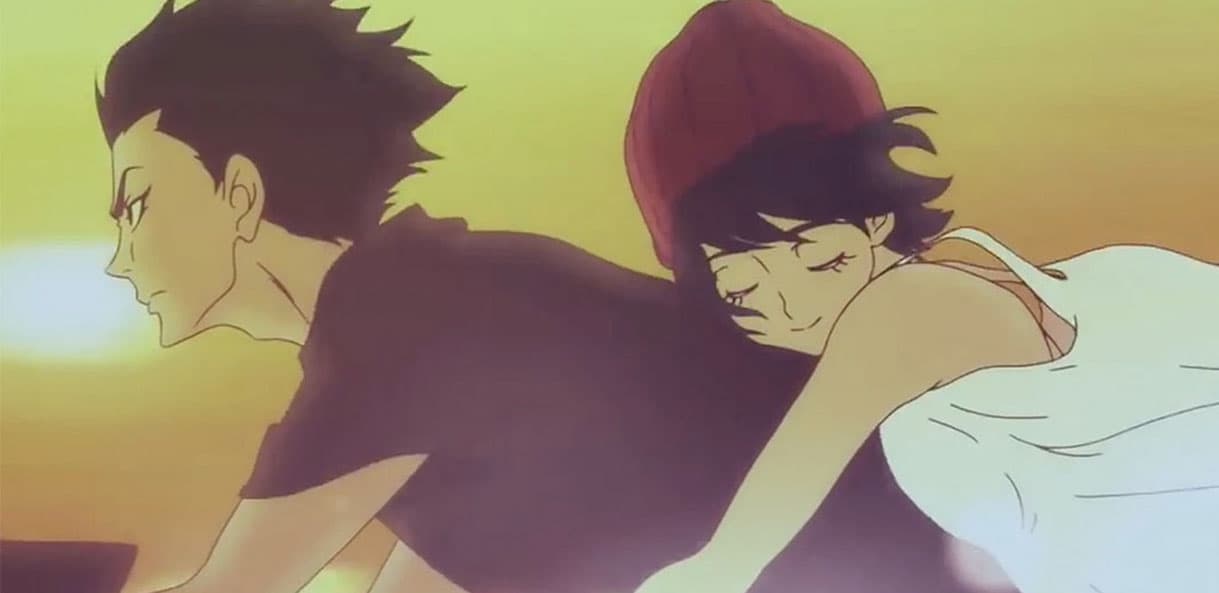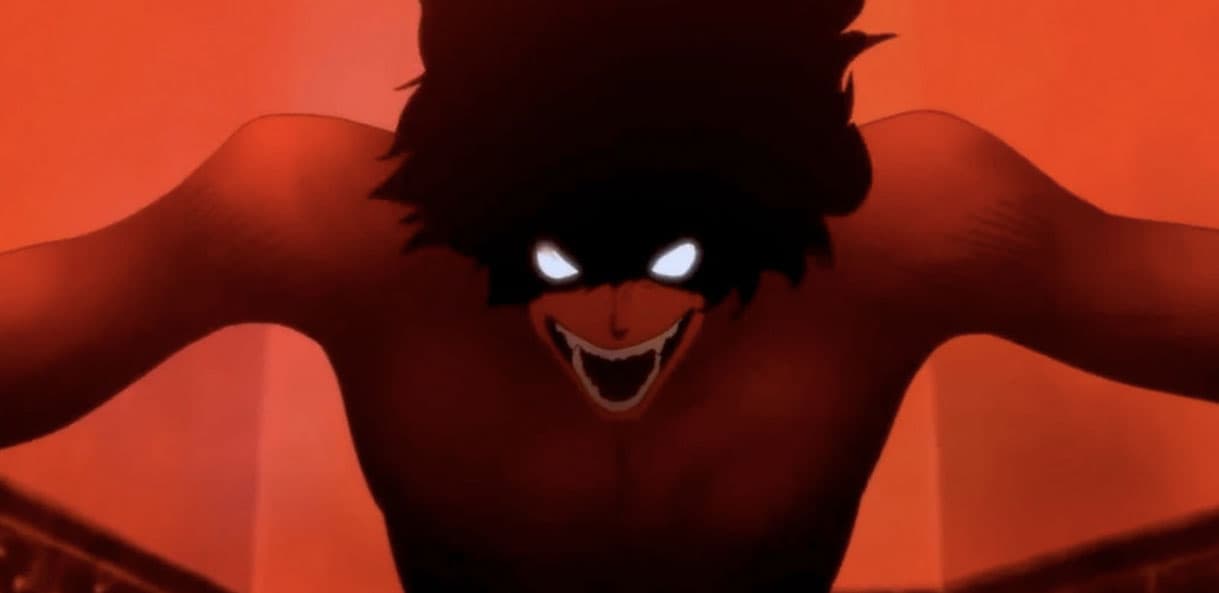
Well, I'll say this for 2018s Devilman Crybaby, it certainly has plenty of style. With that said, is it stylish enough to justify a retelling of Go Nagai's classic saga?
First released in Japan as a serialised manga which lasted from 1972 until 1973, Devilman tells the story of Akira Fudo, a bashful high-schooler who, due to a series of machinations involving his best friend, Ryo Asuka, goes on to possess the body of Amon, one of Hell's mightiest warriors. Akira wages a war on the demons that are slowly infiltrating human society while protecting those closest to him, including longtime friend, Miki Makamura, and her family. The manga series led to a 39-episode anime adaptation, which subsequently led on to several OVA's, and finally to the creation of Devilman Crybaby itself.
Now, full disclosure - I haven't read the manga, nor have I seen the original tv series. My first exposure to Devilman was through the OVAs; 1987's Devilman: The Birth and it's follow up, 1990s Devilman: The Demon Bird. These two features are some of the earliest anime from memory, and though I have great nostalgia for both productions, I believe they both still hold up today thanks to the stunning hand-drawn style that was so pervasive during that time. Along with the third OVA, Amon: Apocalypse of Devilman which wasn't released until a decade later, these three features make up, in my opinion, an incredible trifecta that tells part of the overall story. While this review isn't about the OVAs, I will be referencing them a lot as a basis for comparison, but anyway - onto the new series...
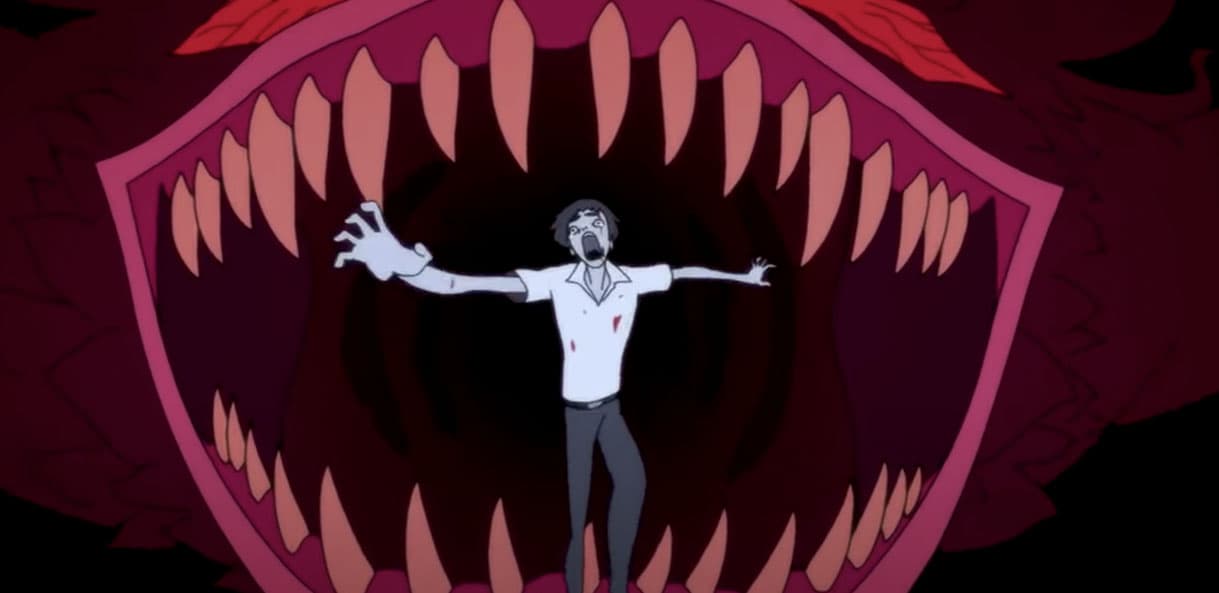
Starting with the audio - the new series has some great music. Gone are the dramatic, instrumental themes of the 80s/90s renditions, having all been replaced with moody electronic sounds and synthwave grooves that underscore the modern series. The intro music alone sets a fantastic tone for the show, with its oppressive, droning beats letting you know that you're not in for a "happily ever after" kind've story. While there are moments throughout the 10 episodes that feature somber, piano-laced moments, mostly for flashback scenes, t's the techno score that really gives the series an edge.
Devilman Crybaby is probably best remembered for its colourful, energetic style. I can't deny that some of the visuals were really captivating, it looks pretty unique compared to a lot of anime that gets released nowadays, and I respect it for its hand-drawn technique in a world where CG imagery is the dominant medium. But with an erratic art style comes many a pitfall. First of all, there are far too many moments where I couldn't actually tell what was going on, as the jarring imagery combined with high speeds and changing angles were too much for me to keep up. There are massive drops in the levels of quality in the animation - I'm not entirely sure if the scenes where characters run at superhuman speeds is meant to be funny or not, but either way it just looks so ridiculous that it's the one aspect of the series that has stayed with me the longest (and that's not a good thing). While the three OVAs look like they were painstakingly animated throughout, there are moments in Devilman Crybaby where the artwork just looked plain sloppy and rushed. There are other examples of anime where I feel the vibrant colour palette and over-the-top bold style is more successful, such as in Production I.G.'s Dead Leaves and Trigger's Kill-La-Kill, but their art styles don't look quite so rushed and remain consistently good throughout.
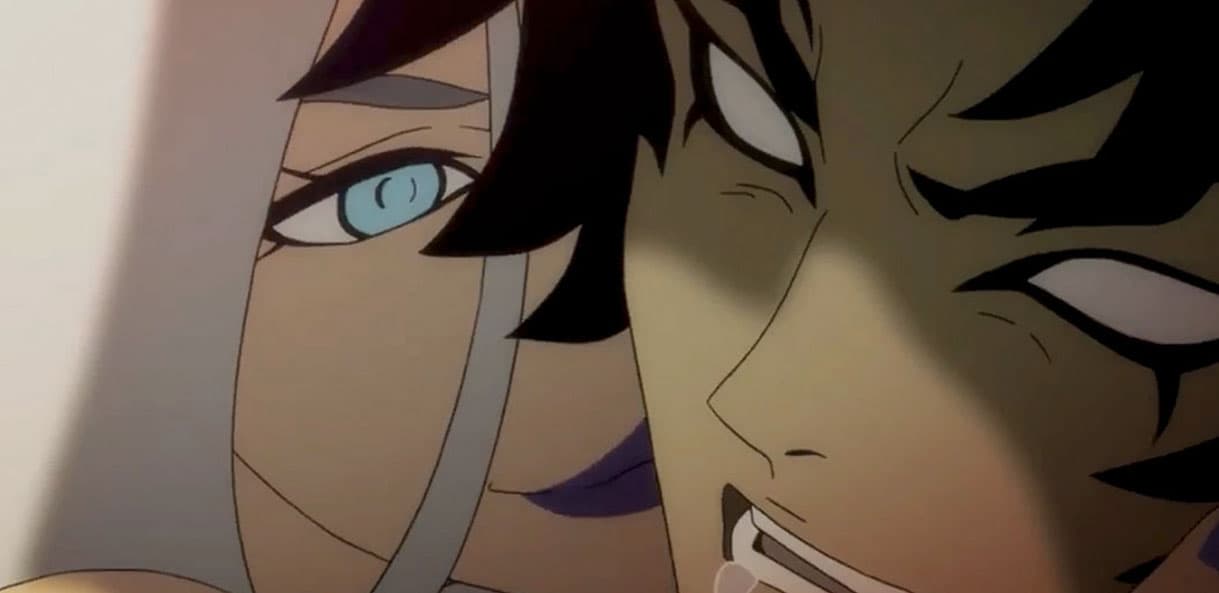
Another downfall for the series is that it suffers from being squashed into a limited series run. The beauty with the OVAs was that because they were so self-contained they could build up depth and tension to a deservedly lengthy conflict or emotionally driven scene. While Devilman Crybaby covers the entire story over the span of 10 episodes, the OVAs could spend an entire 60 minutes on something the series would (and does) gloss over in the span of minutes. Understandably, the series had to take into consideration forward momentum to make sure the plot was going somewhere in what time it had, while the OVAs didn't have to worry about tying up loose ends for a future story. But it's because of this that some of the show's most incredible moments and key antagonists get such little chance for development and to make a sufficient impact.
The fight between Akira and Sirene, which is probably one of the biggest highlights in the Devilman story, doesn't receive nearly enough of the gravitas it deserves in order to compete with the epic fight they have as seen in Devilman: The Demon Bird. The series does hint to an inevitable confrontation between the two in earlier episodes, but from start to finish the fight lasts just around 10 minutes, which is way too short for me to actually care about it as much as I should. I did prefer how the series handled the relationship between the two, with it being mentioned that Amon and Sirene were once lovers, giving their fight a sexual tilt, whereas the OVA only gives some exposition that their conflict is based on Sirene's respect for Amon and disgust that he has been taken over by Akira's consciousness. Similarly, the scenes between Jinmen, another iconic Devilman antagonist, and Akira are over and done with so quickly that I wasn't entirely sure I'd missed something, while the second OVA spends some time to actually show Jinmen to be a viable threat, both physically and emotionally.
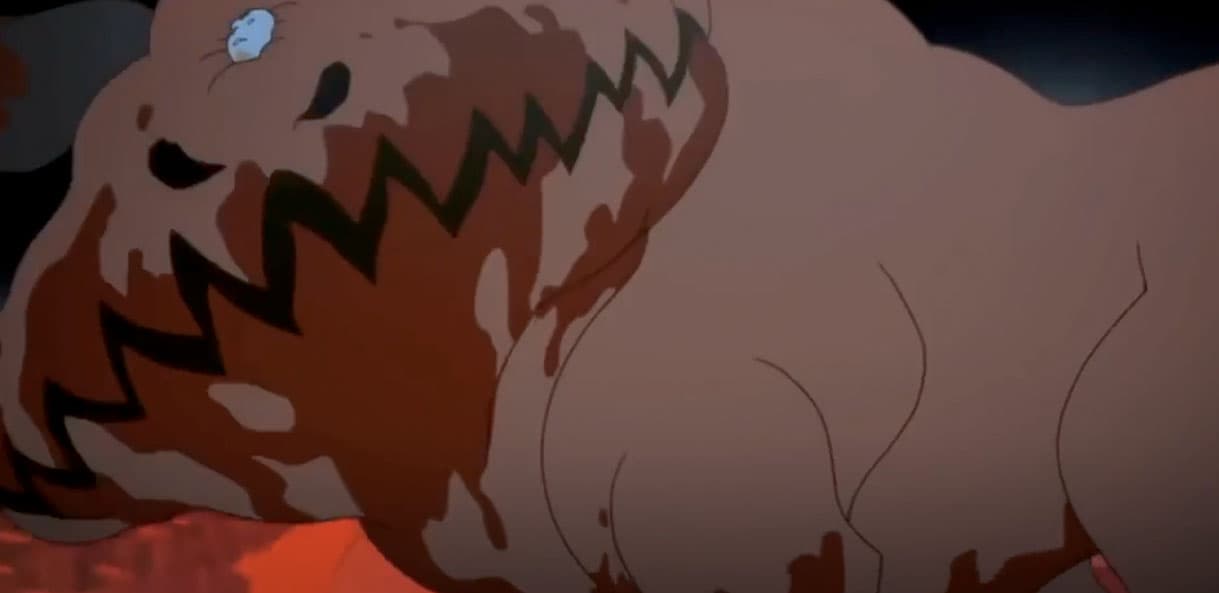
I felt too much time was spent building up inconsequential characters like Wamu and his gang; a group of youths who I really did not care about, where I'd rather have seen characters like Psycho Jenny, Xenon or even Miki's family get more screen time to give their scenes more of a punch. Miki Makamura, the series' female protagonist, is handled very differently in this series than she was in previous iterations. On the one hand I like how her death was handled compared to the Amon: Apocalypse of Devilman OVA, but on the other hand I really hate how they removed the romantic elements between her and Akira in lieu of a more sibling/best friend love. This may be more in-line with Go Nagai's original story, but I feel it does a bit more of a disservice to remove that extra emotional tether, and makes her death much less impactful.
All that said - I wasn't overly impressed with Devilman Crybaby. It's nice to see an intellectual property from my past be brought back into the limelight, but compared to older iterations, this one just felt a little too hollow. This would maybe be great for an anime fan who had never before set foot into Devilman territory and want a foregone conclusion to the story, but for those that lived through the 90s and those that can sacrifice some plot for eye-candy, you're likely to find that Devilman Crybaby is a show steeped in style, but is completely overshadowed its superior early adaptations.
